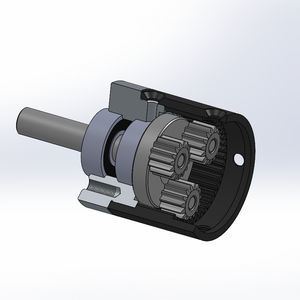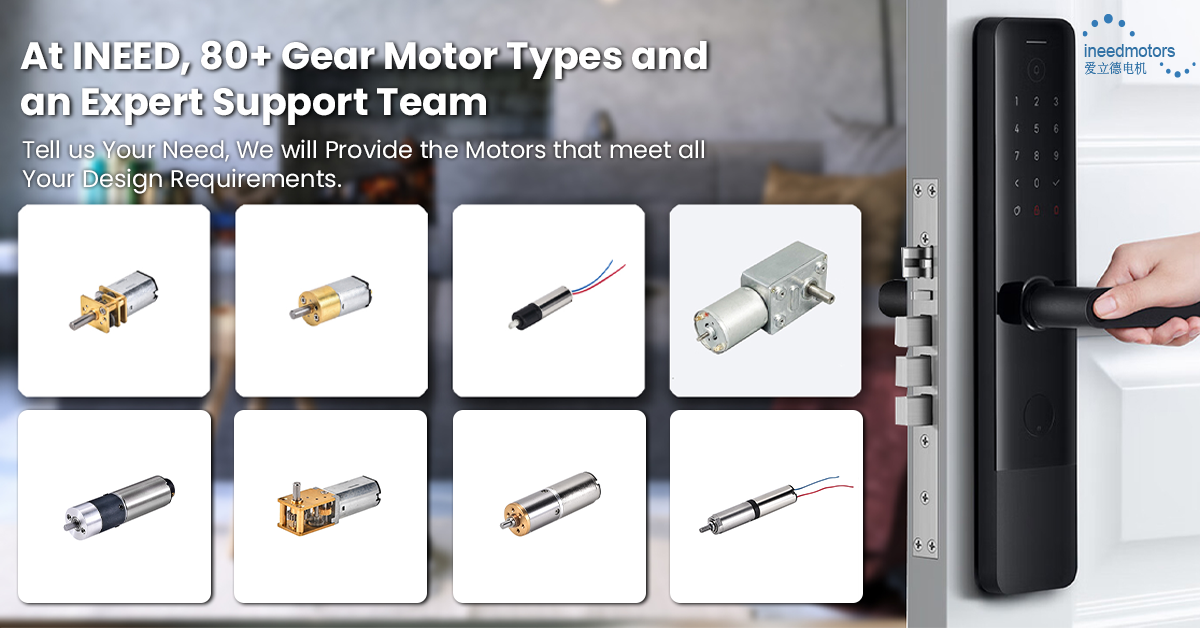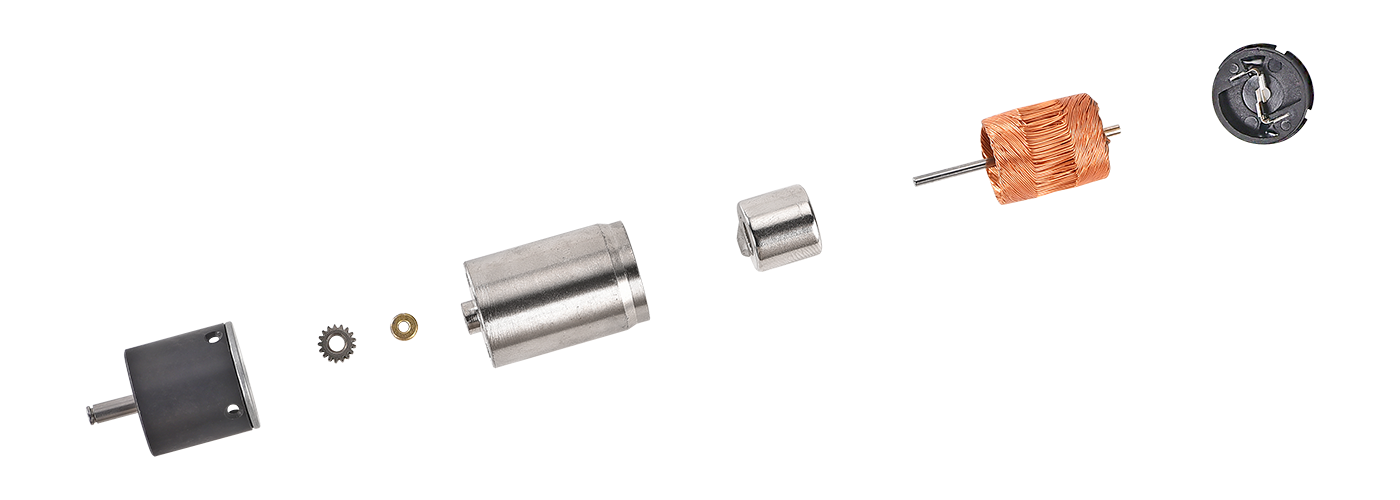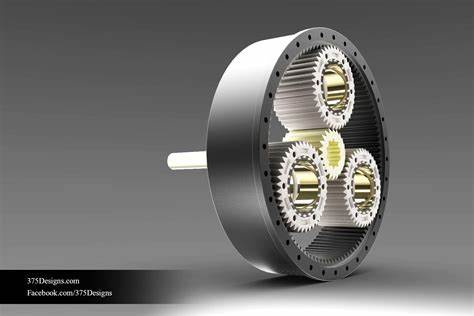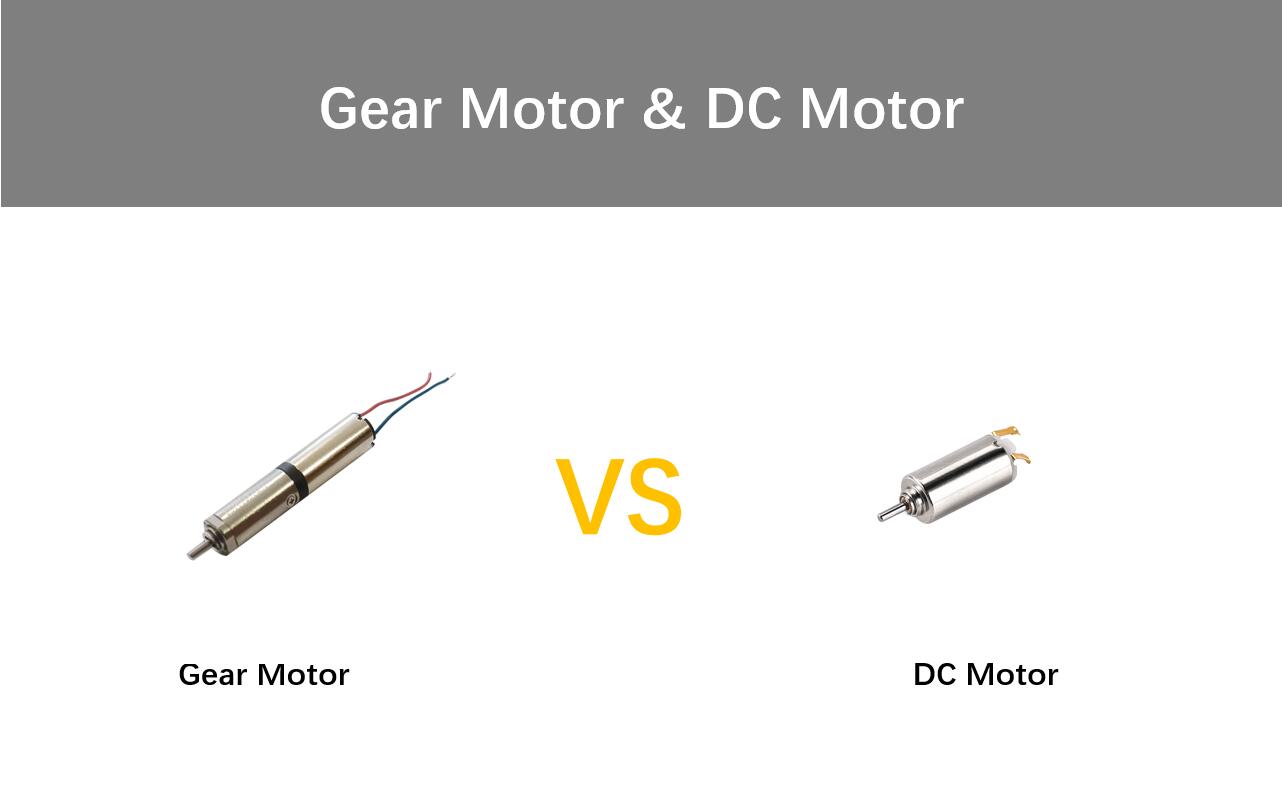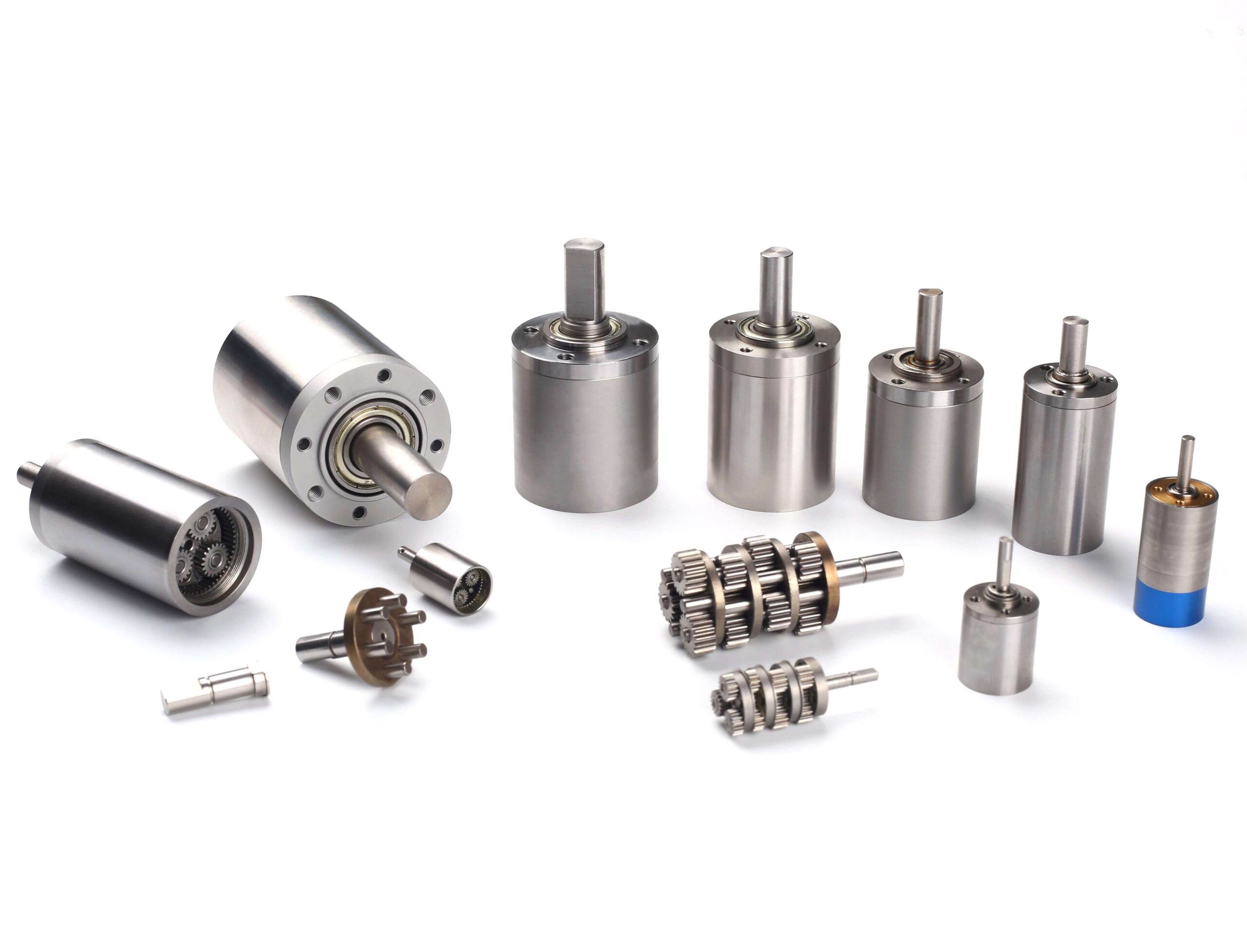You need gear box motor maintenance to keep machines working well and stop costly problems. If a gearbox breaks, you pay for repairs and lose time. For example, wind turbine gearboxes can break every 6 to 8 years, even if they should last 20 years. Each time this happens, a turbine might not work for 15 days. Easy maintenance steps help your gearbox last longer and stop these expensive problems.
Основные выводы
Keep gearboxes in clean and dry places. Do not put them on the ground. Cover them to stop rust and dirt from causing harm.
Put gearboxes on flat surfaces with care. Use the right bolts and couplings. Always check if they are lined up right. This helps stop early problems.
Check gearboxes often for leaks, noise, shaking, and heat changes. This helps you find problems early. It can stop big and costly breakdowns.
Use the lubricant the maker says to use. Check the oil often to see if it is still good. Change the oil when it is worn out, not just by the calendar.
Keep gearboxes clean and safe from dust and wetness. Change old seals and gaskets. Get help from experts if you need it. This helps gearboxes last longer.
Storage and Installation
Storage Conditions
You must store your gearbox in a clean, dry place. Moisture can cause rust on metal parts. Dust and dirt can get inside and damage moving parts. Always keep the gearbox off the ground. Use a pallet or shelf. Cover the gearbox with a tarp or plastic sheet. This keeps out water and dust. If you store the gearbox for a long time, turn the shaft by hand every few weeks. This spreads oil inside and keeps parts from sticking.
Совет: Label each gearbox with the date you stored it. This helps you track how long it has been in storage.
Installation Steps
Before you install a gearbox, clean the mounting surface. Remove any dirt, oil, or old paint. Place the gearbox on a flat, solid base. Use the right bolts and tighten them evenly. Connect the gearbox to the motor using the correct coupling. Make sure the coupling fits well. A loose or tight fit can cause problems. Check that all fasteners are secure. Do not force any parts together. If something does not fit, check the instructions or ask for help.
Here is a simple checklist for installation:
Step | Action |
|---|---|
Surface Cleaning | Wipe and inspect surfaces |
Mounting | Place on flat, solid base |
Coupling | Use correct size and type |
Fasteners | Tighten evenly |
Final Check | Inspect all connections |
Alignment Checks
Proper alignment keeps your gearbox running smoothly. Misalignment can cause noise, vibration, and early failure. Use a straight edge or laser tool to check alignment between the gearbox and motor shafts. The American Gear Manufacturers Association (AGMA) sets standards for alignment and installation. These standards help you avoid problems like gear tooth errors and poor mounting. AGMA guidelines also show how alignment affects lubrication and gear wear. Following these rules helps your gearbox last longer and work better.
If you notice vibration or heat after installation, stop and check the alignment again. Small mistakes can lead to big problems later. Always follow the manufacturer’s instructions for your gearbox.
Routine Gearbox Maintenance
To keep your gearbox working well, check it often. You need to know what to look for. This helps you find problems early. Fixing small problems stops bigger ones later. Here are the main steps for good gearbox maintenance.
Visual Inspections
Begin with a simple look at the gearbox. Check for oil leaks near seals and gaskets. Look for worn spots on the housing and bolts. If you see rust, cracks, or loose parts, fix them fast. Use a flashlight to spot metal shavings or debris. These can mean there is damage inside. Make sure all bolts are tight and nothing is out of place.
Совет: Make a checklist for each inspection. Mark off each item as you finish. This keeps you organized and helps you not miss anything.
Vibration and Noise Checks
Vibration and noise checks help you find hidden problems. Listen for new or strange sounds when the gearbox runs. Grinding or knocking sounds can mean gear or bearing damage. Use a vibration meter if you have one. High vibration can mean misalignment, imbalance, or worn parts.
Experts use vibration data to predict gearbox failures. They collect signals and study them to find faults early. The table below shows how different studies use vibration checks to help gearboxes last longer.
Study / Dataset | Описание | Data Collection Method | Sampling Rate | Fault Types / Conditions | Analysis Methods |
|---|---|---|---|---|---|
IMS Dataset (NSF I/UCR Center) | Endurance tests with bearing defects; shaft speed 2000 rpm, constant load | Vibration signals via accelerometers | 20 kHz | Healthy and bearing faults | Latent manifold anomaly detection |
University of Pretoria Gearbox Dataset | Gearbox tested in healthy and faulty states; gear tooth fault introduced | 100 healthy + 200 faulty vibration samples, 20 s each | 25.6 kHz | Healthy and gear tooth fault | Health Indicators (HIs), Latent Health Indicators (LHIs) |
Wind Farm Dataset (Nordex N100 turbines) | Vibration data from 18 turbines; accelerometer on output shaft bearing housing | Time-series vibration data | Н/Д | Healthy and fault conditions simulated | Entropy-based condition monitoring |
University of Cincinnati Bearing Run-to-Failure | Bearing vibration data for health monitoring and degradation evaluation | 984 vibration records | 20 kHz | Healthy and faulty bearings | Degradation evaluation |
Gearbox Run-to-Failure Dataset | Gearbox degradation accelerated by increasing load | 147 signal files, 200,000 points each | 20 kHz | Healthy and faulty gearbox | Fault diagnosis |
Helicopter Gearbox Endurance Test (DST Dataset) | Two-stage gearbox endurance test; accelerometer on ring gear | 30 s vibration measurements | 51.2 kHz | Healthy and damaged states | Fault detection and classification |
Airbus Helicopter Flight Test Dataset | Real-world helicopter vibration data; half abnormal, half healthy | 1-min vibration sequences | 1024 Hz | Healthy and abnormal | Fault classification |
SIMPACK Wind Turbine Model | Simulated 5 MW turbine gearbox with tooth pitch errors | Vibration data from 8 accelerometers on gearbox | Н/Д | Simulated gear tooth defects | Fault detection and classification |
Experimental Gearbox Tests (Amirkabir University, Ong et al.) | Gearbox with worn, chipped, and normal teeth | Accelerometer on gearbox frame | 10 kHz | Multiple gear tooth fault types | Vibration signal analysis |
Electromechanical System (Sharma et al.) | Induced faults on gears; electrical current and vibration signals | 12.8 kHz sampling for current; vibration data | 12,800 kHz (current) | Chipped sun gear, pitted planet gear, combination faults | Autoregressive modeling, entropy-based feature extraction |
Helicopter Gearbox (Inturi et al.) | 13 health conditions including race flaws and broken pinion tooth | Accelerometer and microphone data | 16 kHz | Multiple fault types | Hurst exponent analysis, vibration and acoustic signals |
Experts use high sampling rates to catch small changes in vibration. This helps them find faults before a breakdown happens.

If you hear a sudden change in noise or vibration, stop the machine. Check the gearbox right away. Acting early can help your equipment last longer.
Temperature Monitoring
Checking temperature is important for gearbox maintenance. Use a sensor or infrared thermometer to check the surface. Compare the reading to the normal range. A quick rise in temperature can mean trouble.
Temperature sensors help you find overheating before failure.
Overheating can mean low oil, too much load, or friction.
Checking temperature often lets you fix problems early.
Real-time temperature data can set off alarms and show trends.
Use temperature checks with vibration and oil checks for best results.
Set alarm limits based on normal temperatures to catch problems fast.
Finding problems early with temperature checks saves money and time.
If the temperature goes above normal, check the oil and look for overload. Fixing these problems quickly will help your gearbox work better.
Load Monitoring
Watch the load your gearbox handles. Too much load can cause overheating, vibration, and wear. Use a load meter or check the motor’s current. Compare the load to the gearbox rating. If the load stays high, check for stress or damage.
Примечание: Always use the gearbox within its rated limits. This easy step can stop many failures.
Regular checks, vibration tests, temperature checks, and load tracking are key. These steps help you find problems early, make your gearbox work better, and help it last longer.
Lubrication and Oil Tips
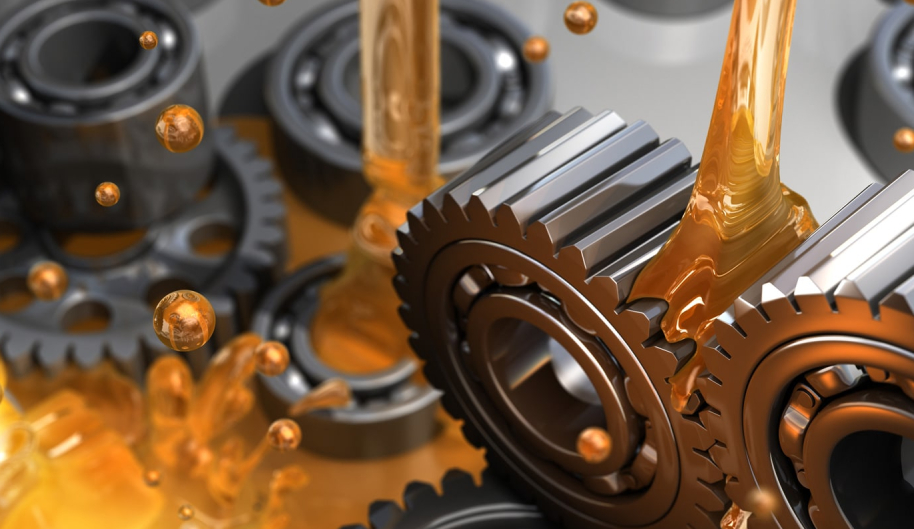
Proper lubrication keeps your gearbox running smoothly and helps you avoid costly repairs. You need to choose the right lubricant, change oil at the right time, and check oil condition often. Follow these tips to make sure your gearbox lasts longer and works better.
Lubricant Selection
You must pick the right lubricant for your gearbox. Start by checking the manufacturer’s manual. It tells you which lubricant type fits your gearbox. Look at the technical data sheet for each lubricant. This sheet shows important details like viscosity, density, and how well the lubricant protects against rust and wear.
Think about where your gearbox works. Hot, dusty, or wet places need special lubricants. For example, a cement plant switched to a new EP gear lubricant and saw the gearbox run cooler and stop leaking. This shows that the right lubricant can fix real problems.
Industry standards, such as AGMA 9005-F16, help you match lubricants to your gearbox. These standards group lubricants by viscosity and additives. They also test for things like rust, foaming, and how well the lubricant handles heavy loads. Always use a lubricant that meets these standards and fits your gearbox’s needs.
Совет: Ask an expert or your oil supplier if you are not sure which lubricant to use. They can help you match the lubricant to your gearbox and its working conditions.
Oil Change Intervals
You need to change the oil in your gearbox at the right time. Most manufacturers give a schedule, but this is only a starting point. Real working conditions can make oil wear out faster or slower. Hot weather, heavy loads, or dirty places can break down oil quickly.
Do not just follow a fixed schedule. Use oil analysis to check when the oil really needs changing. Oil analysis tests things like viscosity and acidity. If the oil gets too thick or too acidic, it is time to change it. Some companies have doubled their oil change intervals by testing oil and making sure it is still good. This saves money and keeps the gearbox safe.
Work with your oil supplier or a lab to set limits for oil changes. They can help you track oil condition and decide the best time to change it. This way, you do not waste oil or risk gearbox damage.
Oil Level and Condition
Checking oil level and condition is a simple but powerful way to keep your gearbox healthy. You should check the oil level often. Low oil can cause gears to wear out fast. Look at the oil through the sight glass or dipstick. Make sure it is at the right level.
Watch for signs that the oil is bad. If the oil looks milky, it may have water in it. If it smells burnt, it may be too old or overheated. These signs mean you should change the oil right away.
You can use oil analysis to find hidden problems. Oil analysis checks for dirt, water, and metal particles. These tests help you spot trouble before it causes a breakdown. Here are some key things to check:
Oil level: Keep it at the right mark for best lubrication.
Oil color and smell: Milky or burnt oil means trouble.
Viscosity: Oil should flow easily but not be too thin.
Acid number: High acid means the oil is breaking down.
Water content: Too much water can ruin bearings.
Metal particles: Rising metal levels show gears or bearings may be wearing out.
Метрика производительности | Описание | Why It Matters for Gearbox Health |
|---|---|---|
Viscosity | How thick or thin the oil is at 40°C (104°F), measured in cSt. | Changes show wear or chemical problems. Thick oil may mean oxidation or water. Thin oil may mean the wrong lubricant. |
Oxidation | Shows oil breakdown from heat and age, measured in Abs/cm. | High oxidation leads to acid and thick oil, which can damage gears. |
Acid Number (AN) | Measures oil acidity, in mg KOH/g. | High acid can cause rust and damage. |
Water Content | How much water is in the oil, in % or ppm. | Too much water cuts bearing life in half. |
Particle Quantifier Index (PQ) | Measures metal particles in oil. | More particles mean more wear inside the gearbox. |
Elemental Analysis by ICP | Finds metals in oil, in ppm. | Shows which parts may be wearing out. |
Примечание: Always use the oil type and change interval your manufacturer recommends, but adjust based on oil analysis and your gearbox’s real working conditions.
Good lubrication practices protect your gearbox and help you avoid breakdowns. Make oil checks part of your regular maintenance routine. This simple habit can save you time and money.
Cleanliness and Environment
A clean environment helps your gearbox last longer and work better. You can prevent many problems by keeping dust, moisture, and extreme temperatures away from your equipment. Here are some practical steps to help you protect your gearbox.
Keeping Gearbox Clean
You should clean your gearbox regularly. Wipe down the outside with a dry cloth to remove dust and dirt. Check for oil leaks and clean up any spills right away. Use a soft brush to clear away debris from vents and seals. If you see buildup, clean it before it gets inside.
Keeping your gearbox clean is not just about looks. Studies show that when you improve lubricant cleanliness, gear life can increase by more than six times. Clean oil and a clean environment reduce wear and help your gearbox run smoothly.
You can also use a simple checklist to stay organized:
Wipe surfaces weekly
Inspect for leaks and spills
Clean vents and seals
Check for rust or corrosion
Managing Dust and Moisture
Dust and moisture can cause serious damage to your gearbox. Always keep your equipment in a dry place. Use covers or enclosures to block dust and water. If you work in a dusty area, install filters or seals to keep particles out.
A power plant study found that high levels of dirt and water in oil led to more wear and even gearbox failure. When the team improved their cleaning and filtration, the equipment lasted much longer. You can use these same methods to protect your gearbox.
Temperature Control
Temperature changes affect how your gearbox works. High heat can break down oil and cause parts to wear out faster. Cold temperatures can make oil thick and hard to move, which increases power loss.
Recent tests on wind turbine gearboxes show that even small changes in temperature can change how much power the gearbox uses. If the temperature drops too low, the motor may stall or use more energy. You should check the temperature often and use the right oil for your climate. Good temperature control keeps your gearbox running at its best.
Tip: Place your gearbox away from direct sunlight or cold drafts. Use fans or heaters if needed to keep the temperature steady.
Preventive Maintenance Tips
Bearing and Gear Wear
Check bearings and gears often to keep things working well. Bearings help moving parts move smoothly. They can wear out or get damaged over time. Gears can also get worn, like having small pits or broken teeth. Look for these problems every time you check the gearbox. Use vibration analysis to find early signs of trouble. If you hear grinding or feel shaking, stop the machine. Check the parts right away. Change out bad bearings and gears as soon as you find them. Doing this can stop bigger problems and save money.
Checking bearings and gears often is very important. Changing them early helps you avoid expensive breakdowns. Many experts say this is the best way to keep your gearbox safe.
Gasket and Seal Replacement
Gaskets and seals keep oil inside and dirt and water out. These parts can crack or lose their shape as they get old. If you see oil leaking or dirt near the seals, change them. Always use the right gasket and seal for your gearbox. Check these parts every time you do maintenance. Clean the area before putting in new parts. New gaskets and seals keep oil clean and protect gears and bearings.
Checklist for Gasket and Seal Care:
Look for leaks every time you check
Change cracked or worn seals
Clean before putting in new parts
Use the right oil after changing
Professional Support
Sometimes you find a problem you cannot fix yourself. If you see the same problem again and again, call a professional. Strange noises or high heat are also signs you need help. Experts have special tools to check gearboxes and test oil. They can find problems and tell you what to fix. Getting help early stops small problems from getting worse. Always plan for expert checks, especially for big or complicated gearboxes.
Tip: Have a certified technician check your gearbox once a year. This helps keep it working its best.
You can make your gearbox last longer with regular maintenance. This helps you avoid expensive breakdowns and repairs. Studies show that taking care of your gearbox saves money and makes it work better.
Метрика | Improvement Range |
|---|---|
Maintenance cost reduction | 10-40% |
Equipment failure reduction | 30-50% |
Downtime reduction | Up to 50% |
Equipment life extension | 20-40% |
Make a checklist for things to do every day, week, and month. Add steps like looking at the gearbox, checking oil, and watching the temperature. Doing these things helps you find problems before they get worse. This keeps your gearbox working well. Start your maintenance plan now to save money and worry less later.
ЧАСТО ЗАДАВАЕМЫЕ ВОПРОСЫ
How often should you inspect your gearbox motor?
You should inspect your gearbox motor every month. Look for leaks, strange noises, and loose bolts. If you use the gearbox in a harsh place, check it more often. Regular checks help you find problems early.
What is the best way to check gearbox oil?
Use the sight glass or dipstick to check oil level. Look at the oil color and smell. If the oil looks milky or smells burnt, change it. Clean oil keeps your gearbox safe.
Can you use any lubricant in your gearbox?
No, you must use the lubricant your manufacturer recommends. Check the manual for the right type. The wrong oil can cause damage. Always match the oil to your gearbox and its working conditions.
What should you do if you hear new noises from your gearbox?
Stop the machine right away. Listen for grinding or knocking. These sounds can mean damage inside. Check for loose bolts or low oil. If you cannot find the problem, call a professional.
How do you keep dust and water out of your gearbox?
Use covers or enclosures to block dust and water. Clean the area around your gearbox often. Replace worn seals and gaskets. Keeping your gearbox clean helps it last longer.
